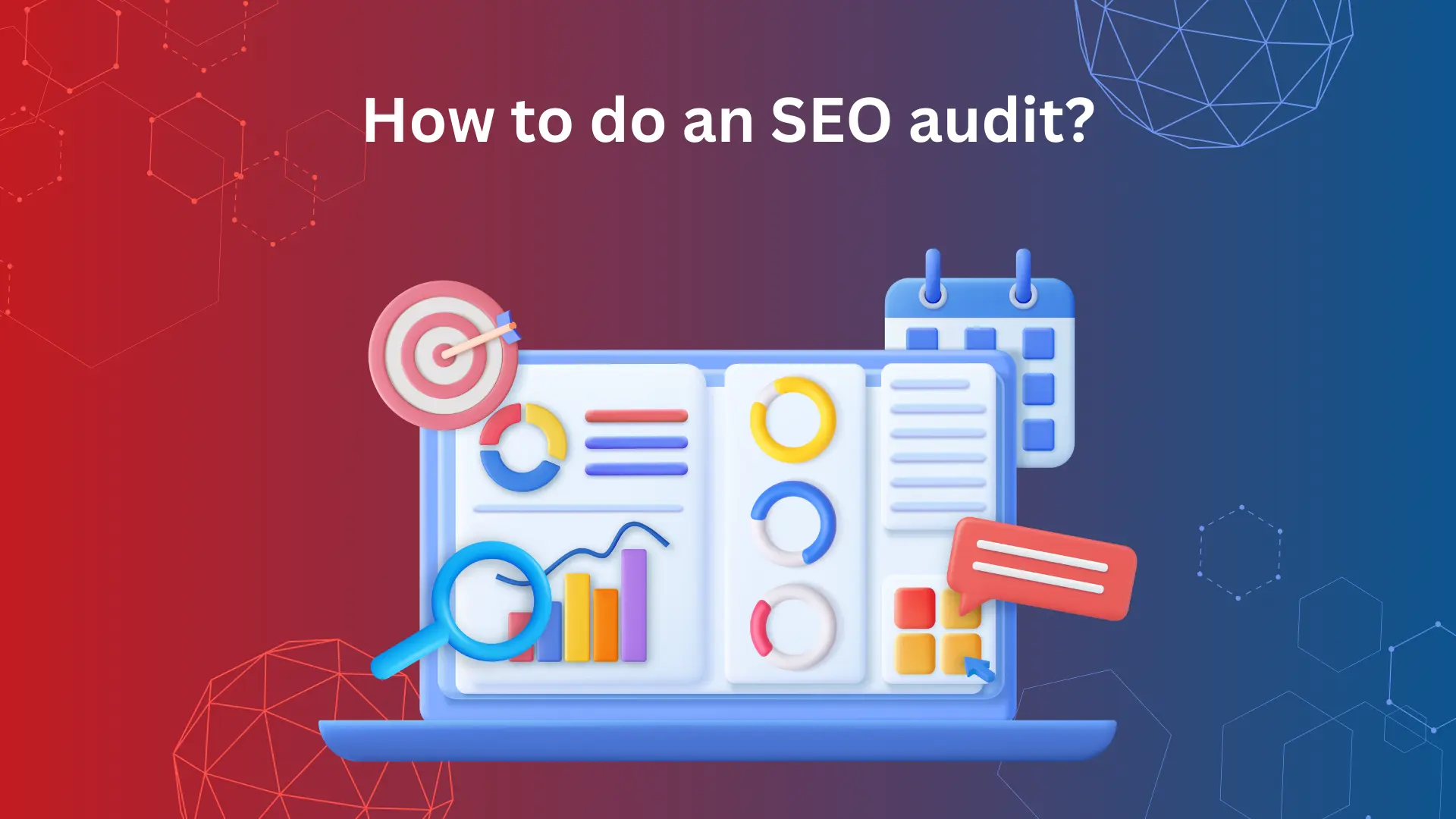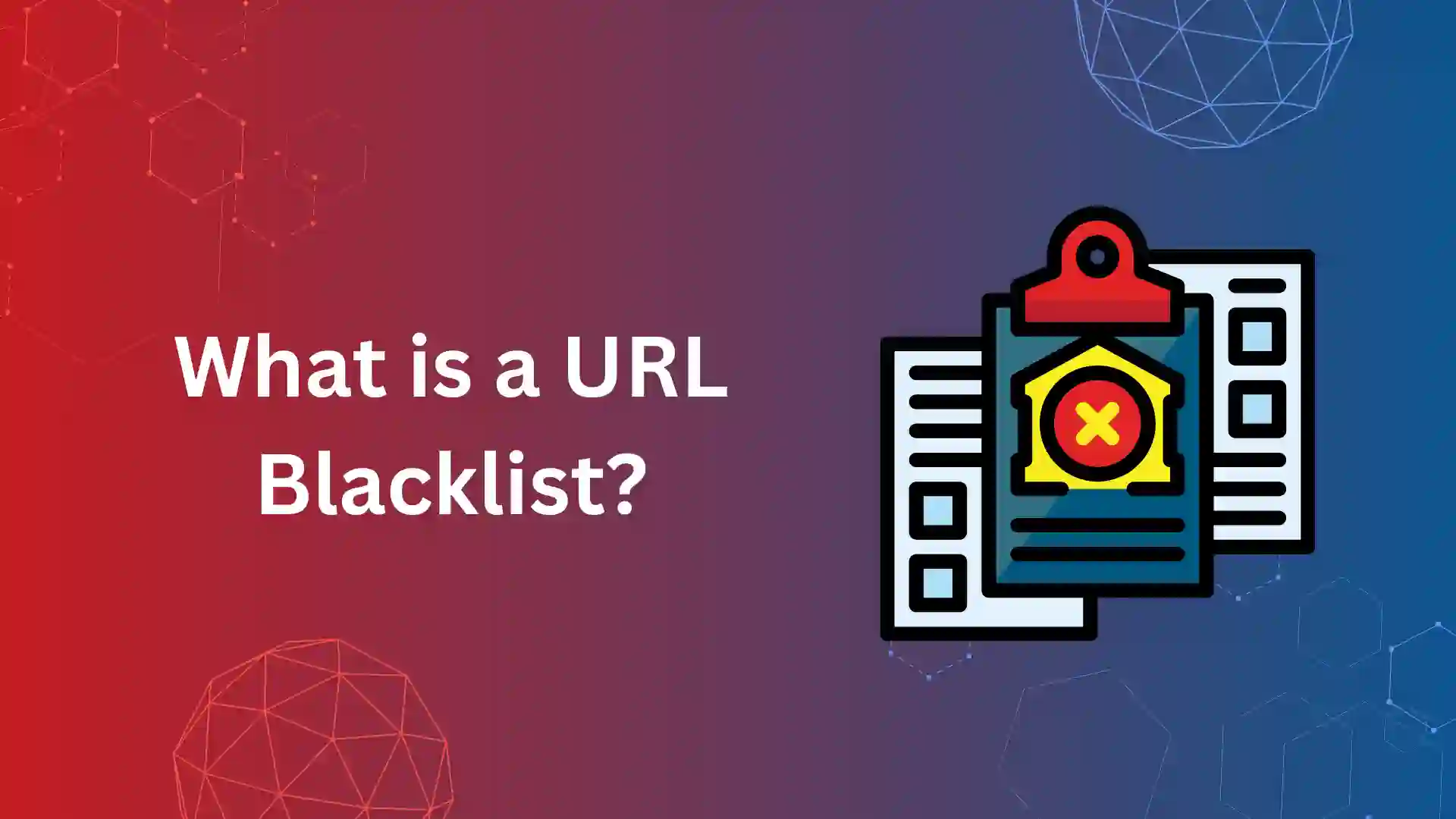Do you want to conduct an SEO audit of your website but are unsure where to begin? Curious about how to do an SEO audit?
Let’s face it, there’s a lot of advice out there on how to do this, especially whether you’re a small business or a company helping others with their online presence. It can be confusing, to decide where to start, how deep to search, and which tools to use.
Spotting SEO mistakes and doing an SEO audit can bring a change and improve your website’s search engine rankings. As a result, this leads to high organic traffic, sales, and revenue.
To make things easier, we’ve narrowed down 10 key things to look at when checking your site’s SEO. This post has everything you need to know and carry out an SEO audit.
Let’s dive in!

What is an SEO audit?
So, what exactly is an SEO audit? Think of it as a health check for your website, aiming to prevent spam and provide suggestions for optimization.
SEO audits hold significance for various reasons, mainly because Google regularly updates its algorithm to align with new technology and search trends.
Whether you’re handling the process in-house or outsourcing it, conducting a thorough SEO audit is a crucial first step for any digital marketer.
This is because it enables you to analyze your current SEO strategies, regardless of their extent, and make improvements based on the insights gained.
What tools are essential for an SEO audit?
Doing an SEO audit without the proper tools is highly challenging. Here’s a list of the best tools to help you easily do an SEO audit.
Google Search Console:
- Google Search Console is a free tool provided by Google. It assists in spotting and fixing various SEO problems.
- With Google Search Console, you can submit sitemaps, discover top search queries, identify crawling errors, keep an eye on the organic click-through rate (CTR), and much more.
Suitable for:
- On-page Audits
- Off-page Audits
- Technical SEO Audits
SEMRush:
- SEMrush is a powerful software for search engine marketing, loaded with essential features.
- If you use SEMrush’s Site Audit feature, it can identify SEO problems and errors on your website. Plus, it provides practical advice on how to address and fix these issues.
Suitable for:
- On-page Audits
- Off-page Audits
- Competitor Analysis
Ahrefs:
- The Ahrefs Site Audit tool crawls every page and gives an SEO health score of your website. This tool offers three key features: Keyword Explorer, Site Explorer, and Content Explorer.
- The best thing about this tool is that it presents visuals of the results, making them easier to understand and analyze. Ahrefs is cloud-based and allows you to log in anytime and audit websites.
Suitable for:
- Off-page Audits
- Competitor Analysis
ScreamingFrog:
- ScreamingFrog is a tool that crawls your website to check for on-page and technical SEO problems.
- Even with the free version, you can crawl up to 500 web pages. If you can’t use SEMRush, ScreamingFrog is a good alternative.
Suitable for:
- Technical SEO Audits
- On-page Audits
Google PageSpeed Insights:
- Google PageSpeed Insights is another free tool by Google. It helps you check how fast your web page works on desktops and mobiles.
- After doing its speed check, PageSpeed Insights gives you a report with practical suggestions on how to improve your page performance.
Suitable for:
- Off-page Audits
- Technical SEO Audits
Now that you’re aware of the tools you may need for an SEO audit, let’s dive into a step-by-step guide on how to do an SEO audit.
For more insights and a comprehensive list of the best SEO audit tools, explore our guide on SEO best audit tools.
How to Do an SEO Audit
SEO audits can vary quite a bit, even though they should all look at the fundamental aspects of technical SEO, like sitemaps, server problems, and metadata. Plus, an audit should manage accessibility, indexation, and optimization on a broader scale.

1) Check Your Rankings and Competition
Before going into technical SEO or an on-page audit understanding of the competition is necessary.
The more you are aware of the strategies applied by other companies in your market, the greater your chances of success will be. Whether you’re building a new site for the first time or auditing as part of your ongoing plan, awareness of your competitors is key.
Find out where you stand about the competition and develop an overview of your site’s rankings. The Semrush toolkit makes it easy to achieve these tasks. If you haven’t done so yet, it’s essential to set up position monitoring for your website.
The next steps are selecting your region, device, language, and search engine, and filling out your complete business name to set up your campaign.
2. Check for any duplicates of your website
Duplicate content on your website could cause issues, preventing you from getting the best possible rating. Moreover, it might send conflicting signals to search engines.
Using duplicate content could be an effort to manipulate search engine results. While it’s not as significant of a problem as it once was, consider using the Rephraser feature to help rephrase particular sections of your text if you find it needed.
3. Check for Crawling Issues
Crawling is the discovery process. During this process, Google sends its robots to scour the Internet for content.
You want Google to be able to crawl all the publicly available pages on your website. If Google cannot crawl a web page, it won’t be able to index it. If a page is not indexed, it won’t appear in search rankings. We’ll talk more about indexing in the next step.
Imagine crawling as the way Google explores the web. It’s like Google sending its robots out to find interesting stuff on the Internet.
For your website, you’d want Google to be able to crawl through all the pages that everyone can see. If Google can’t crawl a page, it won’t know it exists. And if Google doesn’t know it exists, the page won’t show up in search results. We’ll dive deeper into indexing in the next part.
4. Check for Indexing Issues
After crawling next is the indexing of a website.
Indexing is like Google’s way of storing and organizing all the content it finds while crawling the web. Only after a web page gets indexed can it show up in search results for relevant queries.
If a page isn’t indexed, well, it won’t be getting any attention in the search rankings, and that means no organic traffic.
So, you want Google to both crawl and index your pages successfully. However, there are times when Google can’t index every page on a website.
As part of your SEO audit, it’s crucial to identify these pages that haven’t been indexed and figure out what’s stopping Google.
5. Make Sure That Your Website Uses HTTPS
Using HTTPS for your website is important.
The “S” in HTTPS stands for Transport Layer Security, adding an extra layer of security. If your website uses HTTP instead of HTTPS, you’ll experience 2 problems.
- When people visit your HTTP website they may see warnings, when you see a warning from Google Chrome, it’s not just them; most internet browsers issue alerts to users. Such warnings can affect your website’s authority, trustworthiness, and revenue potential.
2. Google may lower your site’s ranking in search results, directly affecting organic traffic and revenue of your website. It’s important to note that Google has considered HTTPS as a ranking factor since 2014.
For additional details about your website’s HTTPS status, check the SEMRush Site Audit Overview.
Navigate to Site Audit > Overview > HTTPS.
6) Identify Thin Content
When it comes to content, search engines won’t take your pages seriously if the content is thin. This was made clear by Panda, a Google algorithm update in 2011 that penalized websites with insufficient content.
In simpler terms, “thin” content refers to information that doesn’t serve a purpose for its intended audience.
Adding 1000–2000 words to every webpage isn’t practical. Instead, focus on design elements like hero photos, symbols, and CTA buttons, along with language that focuses on your pages close to your homepage.
So, what should you be looking for?
1. Specific page selections: Identify pages that have experienced a drop in performance or ranking. If you’re with an SEO company, a client might provide a list of pages they want to be checked.
2. Top pages: Ensure that the top 25, 50, or 100 pages on your site, in terms of traffic, are thoroughly reviewed and strengthened.
3. Every other page: After crawling your website, most SEO audit tools will generate a complete report on content length and quality. Export pages with minimal content and address each one individually.
7. Ensure your site is mobile-friendly
After Google changed to mobile-first indexing in 2019, the importance of being mobile-friendly has grown as a ranking factor across various platforms. Verifying mobile friendliness is a simple task.
Simply go to the Mobile Usability report in Google Search Console. It notifies you of any issues with URLs that affect their usability on mobile devices.
If you lack access to Google Search Console, you can use Google’s Mobile-Friendly Test tool to analyze any page on your website. The result should apply to the majority, if not all, of your website’s pages, provided they share the same style and layout.
To learn “How to Make a Website Mobile Friendly,” read this article.
8. Ensure your sitemap doesn’t have any issues
Your website’s XML sitemap tells search engines which pages are important to crawl. The Site Audit report will highlight any issues like broken links or absent pages caused by incorrectly configured URLs in your sitemap.
The Site Audit tool you present will also reveal any inaccuracies found in the sitemap. These issues arise when your sitemap file includes URLs leading to pages with duplicate content, redirects to another page, or returns status codes other than 200.
9. Reclaim authority by fixing broken pages
Broken links not only negatively impact user experience but also damage search engine optimization. There are two ways to find and address broken links:
1. Utilize a tool like Xenu to check all external links. This free program provides a report of broken links that you can then either remove from your website entirely or redirect to a valid URL.
2. To identify broken links on your website, refer to the ‘Crawl errors’ report in your Google Search Console. Fix these issues by updating the URLs or implementing 301 redirects to valid URLs.
10. Checking Images
Adding images to a web page makes it easier to read and also enhances its appeal on social media platforms, especially Pinterest and Instagram. However, it’s crucial to be mindful of the impact on your website’s loading speed, as this can affect your SEO efforts negatively.
When dealing with images, focus on three key aspects:
Filename Clarity:
Ensure that image filenames describe the content exactly. Avoid using too many keywords in the filename, as this is not advisable.
ALT Text Optimization:
Each image should have ALT text optimized for search engines. This helps improve the accessibility and searchability of your content.
Image Compression:
To improve loading speed, compress all images. If you frequently use page images, consider implementing a content delivery network for more efficient performance.
Conclusion:
Creating a complete SEO site audit report, as outlined earlier, requires time, effort, and commitment. Yet, the invaluable knowledge and insights gained in the process make it worthwhile.
Being familiar with these tools, following best practices, and consistently conducting SEO audits will contribute to the steady improvement of your organic search rankings.
Doing an SEO audit may seem challenging, but it’s really useful for a company. It’s like checking how well your marketing plans are working and looking at what your team is doing.
The most important part of an SEO audit is action-taking. The final result of an audit is a list of important things to work on, and taking action on these insights is what makes your company grow naturally.













